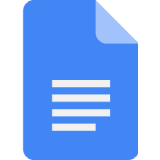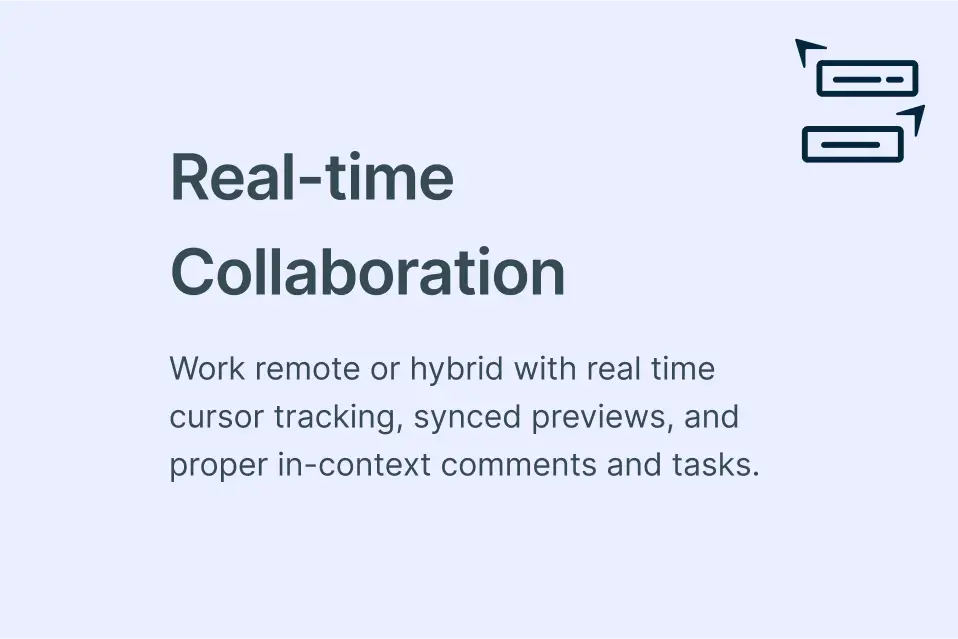T Chart Maker
Organize Information for Better Evaluation
Compare and contrast opposing views including facts vs. opinions, advantages vs. disadvantages or strengths vs. weaknesses with intuitive T charts.
- Customizable templates for T Chart to get a quick start
- Real-time collaboration to work seamlessly with peers
- Multiple export options for printing, sharing, & presentations

Create T Charts Faster with Intuitive Tools
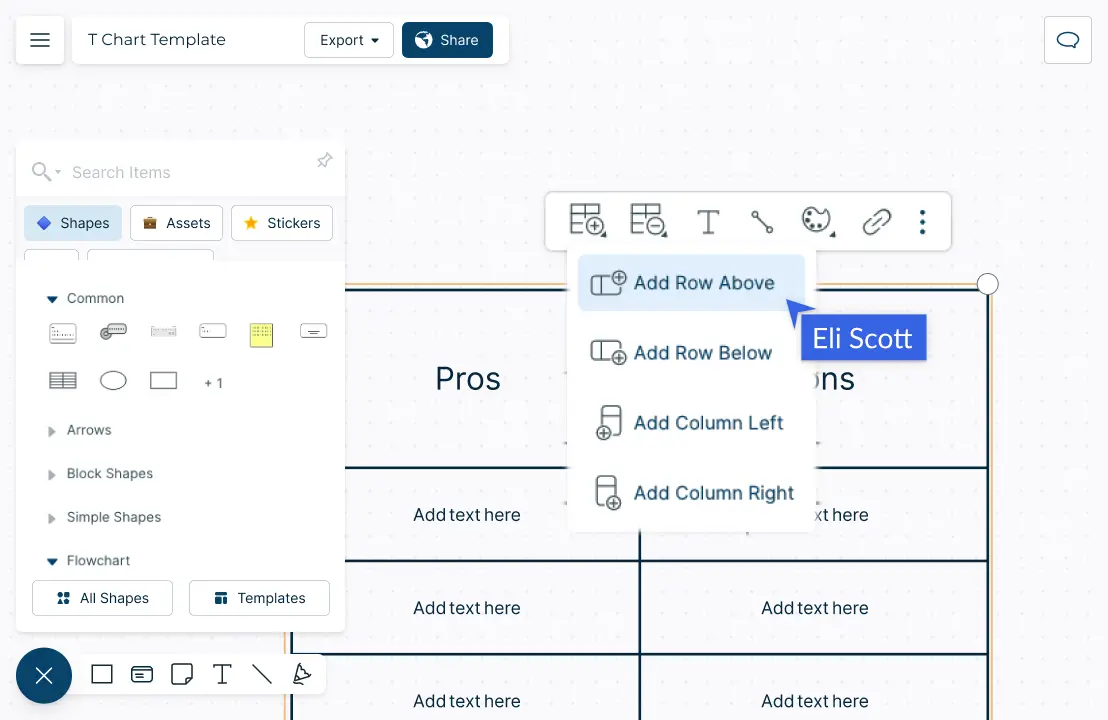
Intuitive drag-drop tools to add & arrange ideas in respective columns.
Quick toolbar to instantly add or delete rows, columns, and cells.
Customize the layout & design of the T Chart with custom colors & formatting options.
Add annotations to specific points in the T Chart with freehand drawing.


Collaborate with Others from Anywhere

Collaborate with peers on a shared canvas with real-time mouse cursors.
Comment with context, have discussions and follow-ups on the same canvas. Async!
Keep track of changes to your T chart with full version history.
Export the T chart in multiple image formats to publish, present, print, or share.
Easily Evaluate and Compare Data
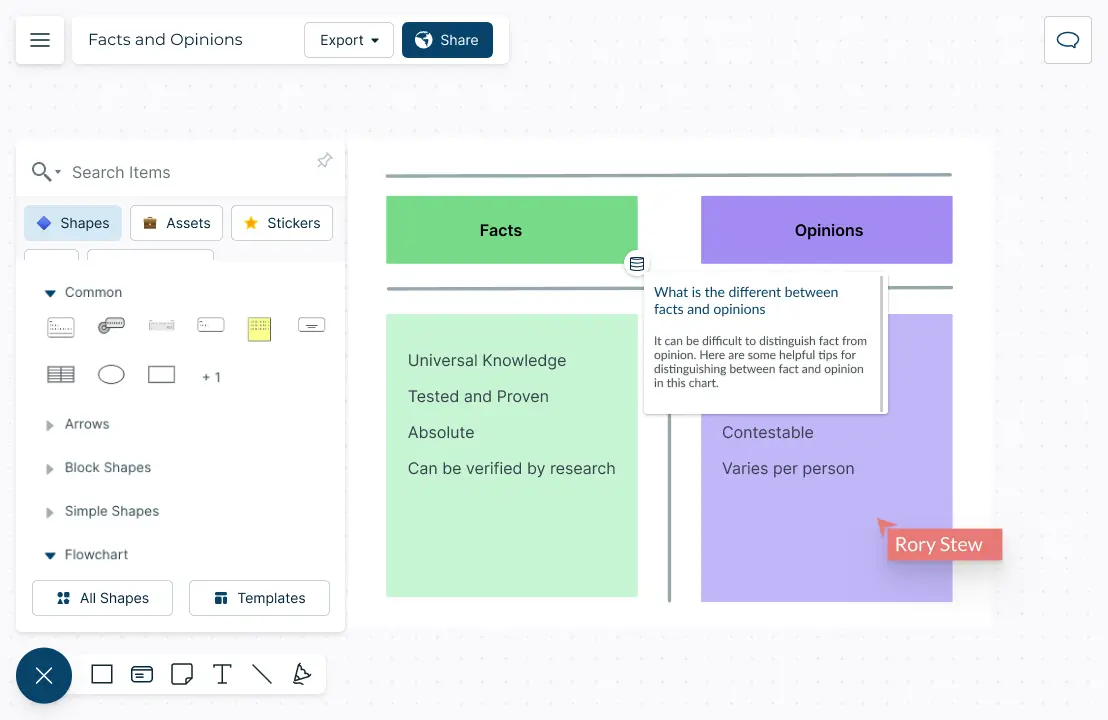
Import data from CSV files, Excel or Google sheets, and attach them to your T-chart.
Input information, such as text, images, or data, into the T Chart with notes & data fields.
10,000+ professional shape library to visualize anything from mind maps to action plans.
Embed your T chart in any site, intranet or app for easy access.

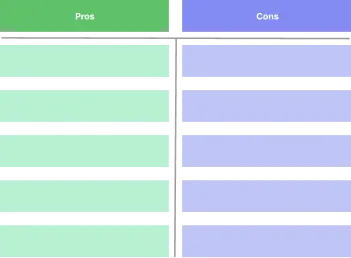
What is a T Chart?
When Can Teams Use T Charts Collaboratively to Gather Information?
Working on organizing information using a T chart collaboratively can help teams to clarify their thinking, identify areas for further exploration, and make informed decisions. It can also foster effective teamwork, communication, and collaboration within the team. Here are some ways teams can collaborate around a T chart.
Brainstorming: A team can use a T-chart to brainstorm ideas and categorize them into two groups. For example, one side of the T-chart can list the advantages of a particular project while the other side lists the disadvantages. Team members can then add their ideas to the appropriate side of the chart, facilitating discussion and analysis of the pros and cons of the project.
Comparing options: A T-chart can also be used to compare multiple options. The team can list the features, benefits, and drawbacks of each option in separate columns. This approach can help the team to make informed decisions based on a clear understanding of the advantages and disadvantages of each option.
Summarizing research: When conducting research, a T-chart can be used to summarize key findings. The team can list the main points of the research on one side of the chart and any supporting evidence on the other side. This approach can help to organize the research and make it easier to understand and use.
Evaluating progress: A T-chart can also be used to evaluate progress. The team can list the goals or objectives on one side of the chart and the progress made towards each goal on the other side. This approach can help to identify areas where the team is succeeding and areas where they need to improve.
How to Collaboratively Brainstorm Using a T Chart with Your Team?
- Create a shared workspace
Open a Creately workspace and add your peers as collaborators with edit access allowing them to work on the T chart with you in real-time. You can use real-time mouse cursors and synced previews to easily track the changes other participants make in the workspace.
- Identify the need to create a T Chart
Understand and identify your need to create a T Chart. For example, you can use a T chart to understand the pros and cons of making a certain business decision.
- Gather information
Gather information on the pros, cons, advantages, disadvantages, facts and opinions you need to compare and contrast to make your decision. Provide each team member with a T chart template, or create a large T chart for the team to use collectively.
- Begin the brainstorming session
Encourage the team to share their ideas and write them down on the T chart, focusing on the pros and cons of the topic. Allow for open discussion and debate as the team builds on each other’s ideas, encouraging diverse perspectives and critical thinking.
- Visualize the T Chart
Use Creately’s T charts to visually represent the different facets and views. You can then style and add color themes to make it uniform among the two columns.
- Share for collaboration among team members
You can invite your colleagues and cross-functional teams to further add their facts and opinions into your T chart using comments. You can also embed the T chart on presentations and documents or download it as a PDF, image, or SVG.
Organize Your Ideas Effectively with these Premade Templates
FAQs About the T Chart Maker
T-charts have several advantages that make them a useful tool for organizing and analyzing information. Some of the main advantages of T-charts include:
- T-charts provide a clear and organized way to compare and contrast two items.
- T-charts are simple to use and can be created quickly, even by those with little experience using graphic organizers.
- T-charts can help you think more critically about the information you are comparing and contrasting.
- T-charts can be easily shared with others, which makes them a useful tool for collaboration and communication.




